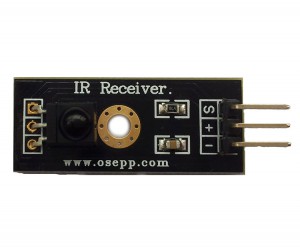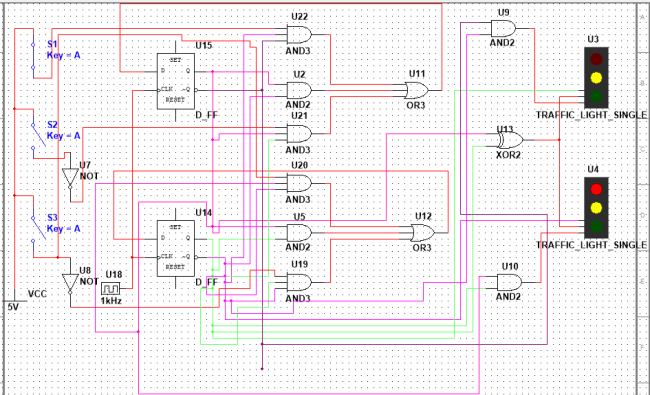

- #PIN SUBCIRCUIT GLITCH MULTISIM 12 HOW TO#
- #PIN SUBCIRCUIT GLITCH MULTISIM 12 MAC OS X#
- #PIN SUBCIRCUIT GLITCH MULTISIM 12 PATCH#
- #PIN SUBCIRCUIT GLITCH MULTISIM 12 SOFTWARE#
- #PIN SUBCIRCUIT GLITCH MULTISIM 12 CODE#
NI Hardware and Software Used or Referenced Software
#PIN SUBCIRCUIT GLITCH MULTISIM 12 PATCH#
Microsoft Edge (current patch level) – Windows Only.Safari (current version) – Macintosh Only.Mozilla Firefox (latest two major versions) – Extended Support Release (ESR) versions not supported.Google Chrome (last two major versions).
#PIN SUBCIRCUIT GLITCH MULTISIM 12 MAC OS X#
Use the following guidelines: Browser Multisim Mac Os X 10.10 NI Online Training courses are best utilized on systems meeting minimum requirements for best performance.
#PIN SUBCIRCUIT GLITCH MULTISIM 12 CODE#
#PIN SUBCIRCUIT GLITCH MULTISIM 12 HOW TO#
Also discover how to complement your current database of components by creating custom capture and simulation parts.


Generic components can be used to test the basic functionality of a design, whereas realistic timing information requires the use of technology-specific part models, such as those in the TTL group.Get an introduction to the NI Multisim integrated capture and simulation design environment and learn how to build a schematic and evaluate circuit performance with interactive simulation and advanced analyses. These components are technology-independent, which means that they have only nominal circuit delays and power dissipation, unrelated to any particular technology. The “Misc Digital” group has three families of components, of which family “TIL” contains models of generic logic gates, flip-flops, and modular functions. For designing and simulating digital logic circuits in this course, “Misc Digital” (TIL family only) is used. Each group comprises one or more “families”, within which the components are implemented with a common technology. The Multisim library is organized into “groups” of related components (Transistors, Diodes, Misc Digital, TTL, etc.).

Each component is selected from the Multisim library and placed on the drawing sheet in the Circuit Window (also called the Workspace). Optionally, signal “sources” may be connected to the circuit inputs, and “indicators” to the circuit outputs. Draw a schematic diagram of the circuit Place Components A schematic diagram comprises one or more circuit components, interconnected by wires. Blank design with default name “Design 1.” In the dialog window, navigate to the directory in which the design is stored, select the file, and click the Open button. A previously saved design can be opened via File>Open. Save the file with the desired design name via menu bar File>Save As to use the standard Windows Save dialog. Open Multisim and create a design This creates a blank design called “Design1”, as illustrated in Figure 1. Run the simulation and examine the results, copying and pasting Multisim windows into lab reports and other documents as needed. Connect the circuit outputs to one or more indicators to display the response of the circuit to the test patterns. Design digital test patterns to be applied to the circuit inputs to stimulate the circuit and connect signal sources to the circuit inputs to produce these patterns. Draw a schematic diagram of the circuit (components and interconnections). The basic steps in modeling and analysis of a digital logic circuit are: 1. DIGITAL LOGIC CIRCUIT MODELING AND SIMULATION WITH MULTISIM Multisim is a schematic capture and simulation program for analog, digital and mixed analog/digital circuits, and is one component of the National Instruments “Circuit Design Suite”.


 0 kommentar(er)
0 kommentar(er)
